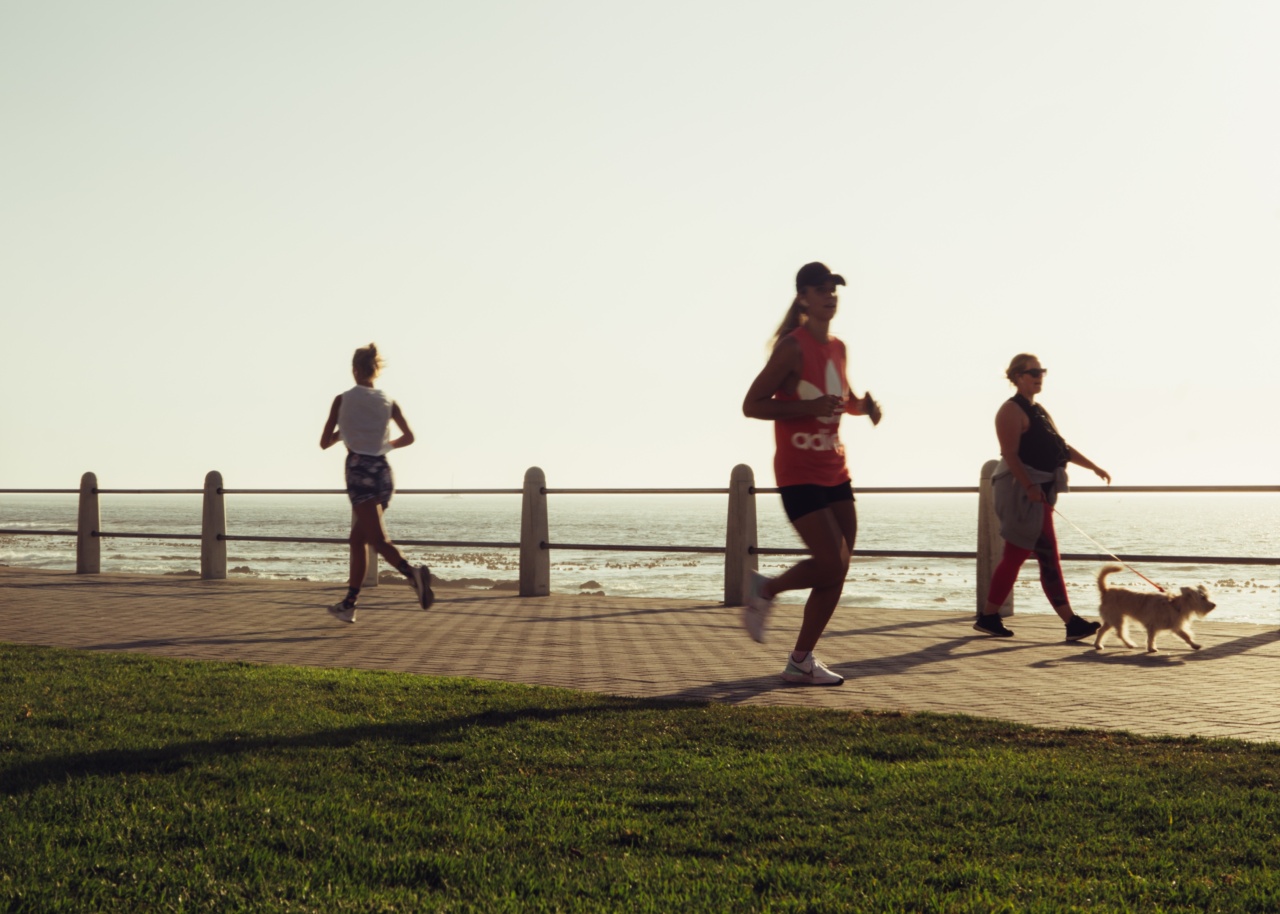Going for walks with your furry friend can be a delightful bonding experience, but it can also turn into a frustrating ordeal if your dog doesn’t know how to follow you properly.
Whether you have a new puppy or an older dog who needs some extra guidance, teaching them to walk politely on a leash is an essential skill. With the right training tips, patience, and consistency, you can have your dog walking by your side with ease. Here are some effective strategies to help you achieve that:.
1. Start with Basic Obedience Training
Before you tackle leash training, it’s important to establish a foundation of basic obedience commands with your dog.
Teaching them commands such as “sit,” “stay,” and “come” will lay the groundwork for a successful walking experience. Focus on rewarding your dog with treats and praise when they respond correctly to your commands.
2. Introduce the Leash
Once your dog is familiar with basic obedience commands, introduce them to the leash in a positive and gradual manner. Let them sniff and explore the leash before attaching it to their collar or harness.
Start with short sessions indoors or in a quiet, familiar outdoor space to minimize distractions.
3. Use Positive Reinforcement
Positive reinforcement is key when training your dog to follow on walks. Reward them with treats, praise, and affection whenever they walk beside you without pulling or veering off the path.
Choose small, tasty treats that your dog loves and use them consistently throughout the training process.
4. Avoid Using Force
Resist the temptation to use force or punishment as a means of getting your dog to follow on walks. This can lead to fear or aggression issues and may worsen your dog’s behavior.
Instead, focus on positive reinforcement and redirecting their attention back to you when they start pulling or acting out.
5. Use a Properly Fitted Leash and Harness/Collar
Using the right equipment is crucial for successful leash training. Choose a leash that is comfortable for both you and your dog. A standard leash that is about 4-6 feet long is ideal.
Additionally, select a well-fitted harness or collar that provides control without causing discomfort or injury to your dog.
6. Start in a Controlled Environment
Begin your training sessions in a controlled environment with minimal distractions. A quiet backyard or a quiet area of a park can be good starting points.
Gradually increase the level of distractions as your dog becomes more comfortable and responsive to your commands.
7. Set Realistic Expectations
Remember that it takes time and patience to train a dog to walk politely on a leash. Set realistic expectations for both yourself and your dog.
Progress may be slow at first, but consistent training and positive reinforcement will yield results over time.
8. Teach the “Heel” Command
The “heel” command is useful for teaching your dog to walk calmly by your side. Start by holding a treat close to your dog’s nose and say “heel” in a firm but friendly tone.
Take a step forward, and when they follow beside you, reward them with the treat and praise. Practice this command consistently during your walks.
9. Practice Focus Exercises
To discourage your dog from getting too distracted during walks, incorporate focus exercises into your training routine. Periodically stop during your walk and ask your dog to sit or make eye contact with you before continuing.
This helps them stay attuned to your presence and reinforces their focus on you.
10. Maintain Consistency
Consistency is key when training your dog to follow on walks. Establish a daily routine and dedicate time to practicing leash training.
The more consistent you are with your training sessions, the faster your dog will learn and adapt to walking politely on a leash.
Remember to be patient and maintain a positive attitude throughout the training process. Training your dog to follow on walks requires time and effort, but the rewards of a well-behaved walking companion are truly worth it.
























